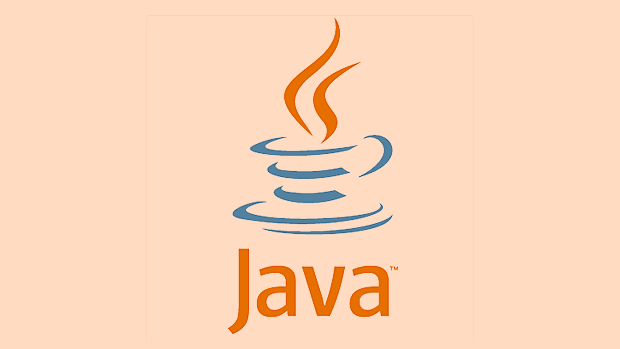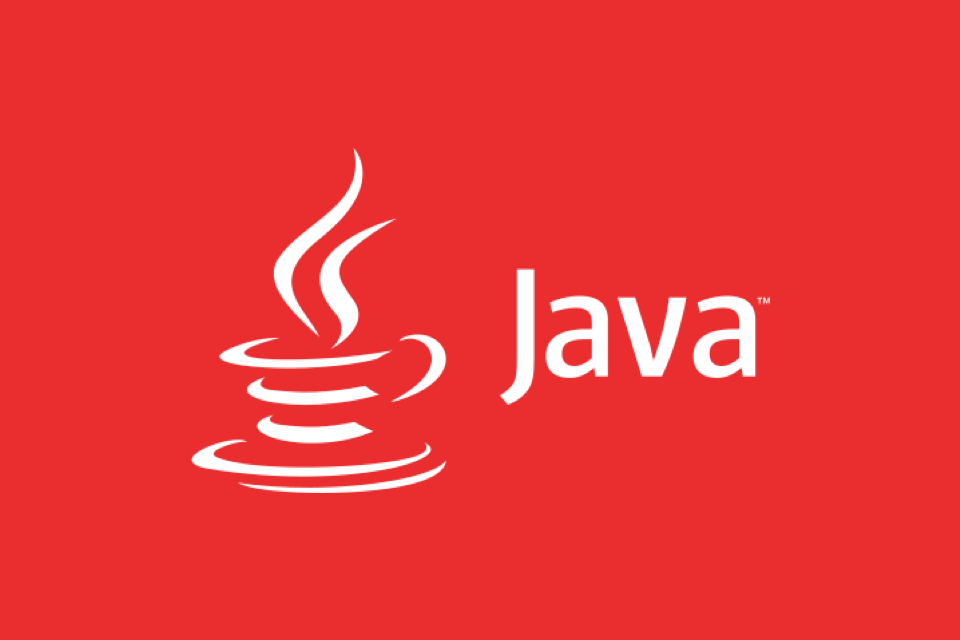Key Differences Between Java Interfaces and Abstract Classes
Jul 06, 2025 am 02:16 AMSelecting an interface or an abstract class in Java depends on design requirements. The interface defines the behavior contract and supports multiple inheritance, which is suitable for the general ability of unrelated classes; abstract classes provide shared logic and fields, which is suitable for closely related class inheritance. 1. The interface is used to define method contracts (the default and static methods can be included after Java 8), and the abstract class can contain abstract and concrete methods and instance variables. 2. Classes can implement multiple interfaces but can only inherit one abstract class, which is suitable for scenarios where multiple behaviors need to be mixed. 3. The interface field defaults to public static final, and the method defaults to public; the abstract class supports various access modifiers and non-static non-final fields. 4. The Java 8 interface supports default methods, which facilitates API evolution without destroying existing implementations; abstract classes can always add methods with implementations. 5. If you need to share code, control construction logic, or declare non-static fields, choose abstract classes, and if you need to define behavior contracts, multiple inheritance or future expansion, choose interfaces, and the two can also be used together.

When you're working with Java and trying to design a system using object-oriented principles, one common decision point is whether to use an interface or an abstract class. The main difference lies in their usage: interfaces define behavior that classes can implement , while abstract classes provide a base for subclasses to build upon, potentially including both method definitions and implementations .

Let's break this down into more dirty parts based on what developers usually care about when making this choice.

1. Definition and Purpose
Interfaces and abstract classes serve different architectural goals.
-
Interfaces are all about defining a contract. They tell a class what methods it must implement but don't provide any implementation themselves (prior to Java 8). From Java 8 onward, interfaces can include default and static methods.

Abstract classes , on the other hand, are meant to be extended. They can have both abstract methods (with implementation) and concrete methods (with implementation). They often represent a shared base with some logic already baked in.
A real-world example:
- If you're modeling shapes, an
interface Resizablemight require implementing aresize(double factor)method. - An
abstract class Shapecould provide agetArea()abstract method, along with a concreteprintDetails()method that outputs basic info.
2. Inheritance Model
Java allows multiple inheritance through interfaces, but not with abstract classes.
- A class can implement multiple interfaces , which makes them powerful when you want to mix in several behaviors.
- But a class can only extend one abstract class , due to Java's single inheritance model for classes.
So if you need your class to support logging, resizing, and serializing, using interfaces like Loggable , Resizable , and Serializable make sense.
3. Access Modifiers and Fields
There are subtle but important differences in how each handles fields and access control.
- Interfaces can only have public static final fields by default (constants), and all methods are public unless specified as private (from Java 9).
- Abstract classes can have instance variables , non-static and non-final fields, and support all access modifiers like private, protected, etc.
This means:
- If you need to store state, an abstract class is more flexible.
- If you just need to enforce constants or behaviors across unrelated classes, interfaces are better suited.
4. Evolution and Default Methods
Before Java 8, adding a new method to an interface would break all existing implementations. Now, thanks to default methods , interfaces can evolve without breaking compatibility.
- Abstract classes have always been able to add new methods with implementations without breaking subclasses (as long as they're not abstract).
- So, if backward compatibility matters and you're working with a widely used API, default methods in interfaces offer a modern solution.
For example:
public interface Vehicle {
void move();
default void honk() {
System.out.println("Beep!");
}
} Now, any class implementing Vehicle doesn't have to override honk() immediately.
5. When to Use Which?
Here's a quick guide to help decide:
-
? Use an interface when:
- You want to define a capability or behavior that can be implemented by unrelated classes.
- You need multiple inheritance of type or behavior.
- You're designing APIs that may change over time using default methods.
-
? Use an abstract class when:
- You want to share code among closely related classes.
- You need to declare non-static or non-final fields.
- You want to control constructor logic that subclasses must follow.
You can even combine both — for example, having an abstract class that implements one or more interfaces.
Basically, the choice depends on your specific design needs. Both have their strengths, and sometimes using a mix gives you the most flexibility.
The above is the detailed content of Key Differences Between Java Interfaces and Abstract Classes. For more information, please follow other related articles on the PHP Chinese website!

Hot AI Tools

Undress AI Tool
Undress images for free

Undresser.AI Undress
AI-powered app for creating realistic nude photos

AI Clothes Remover
Online AI tool for removing clothes from photos.

Clothoff.io
AI clothes remover

Video Face Swap
Swap faces in any video effortlessly with our completely free AI face swap tool!

Hot Article

Hot Tools

Notepad++7.3.1
Easy-to-use and free code editor

SublimeText3 Chinese version
Chinese version, very easy to use

Zend Studio 13.0.1
Powerful PHP integrated development environment

Dreamweaver CS6
Visual web development tools

SublimeText3 Mac version
God-level code editing software (SublimeText3)

Hot Topics
 How to use php exit function?
Jul 03, 2025 am 02:15 AM
How to use php exit function?
Jul 03, 2025 am 02:15 AM
exit() is a function in PHP that is used to terminate script execution immediately. Common uses include: 1. Terminate the script in advance when an exception is detected, such as the file does not exist or verification fails; 2. Output intermediate results during debugging and stop execution; 3. Call exit() after redirecting in conjunction with header() to prevent subsequent code execution; In addition, exit() can accept string parameters as output content or integers as status code, and its alias is die().
 What is the `enum` type in Java?
Jul 02, 2025 am 01:31 AM
What is the `enum` type in Java?
Jul 02, 2025 am 01:31 AM
Enums in Java are special classes that represent fixed number of constant values. 1. Use the enum keyword definition; 2. Each enum value is a public static final instance of the enum type; 3. It can include fields, constructors and methods to add behavior to each constant; 4. It can be used in switch statements, supports direct comparison, and provides built-in methods such as name(), ordinal(), values() and valueOf(); 5. Enumeration can improve the type safety, readability and flexibility of the code, and is suitable for limited collection scenarios such as status codes, colors or week.
 How to combine two php arrays unique values?
Jul 02, 2025 pm 05:18 PM
How to combine two php arrays unique values?
Jul 02, 2025 pm 05:18 PM
To merge two PHP arrays and keep unique values, there are two main methods. 1. For index arrays or only deduplication, use array_merge and array_unique combinations: first merge array_merge($array1,$array2) and then use array_unique() to deduplicate them to finally get a new array containing all unique values; 2. For associative arrays and want to retain key-value pairs in the first array, use the operator: $result=$array1 $array2, which will ensure that the keys in the first array will not be overwritten by the second array. These two methods are applicable to different scenarios, depending on whether the key name is retained or only the focus is on
 Applying Semantic Structure with article, section, and aside in HTML
Jul 05, 2025 am 02:03 AM
Applying Semantic Structure with article, section, and aside in HTML
Jul 05, 2025 am 02:03 AM
The rational use of semantic tags in HTML can improve page structure clarity, accessibility and SEO effects. 1. Used for independent content blocks, such as blog posts or comments, it must be self-contained; 2. Used for classification related content, usually including titles, and is suitable for different modules of the page; 3. Used for auxiliary information related to the main content but not core, such as sidebar recommendations or author profiles. In actual development, labels should be combined and other, avoid excessive nesting, keep the structure simple, and verify the rationality of the structure through developer tools.
 php raw post data php
Jul 02, 2025 pm 04:51 PM
php raw post data php
Jul 02, 2025 pm 04:51 PM
The way to process raw POST data in PHP is to use $rawData=file_get_contents('php://input'), which is suitable for receiving JSON, XML, or other custom format data. 1.php://input is a read-only stream, which is only valid in POST requests; 2. Common problems include server configuration or middleware reading input streams, which makes it impossible to obtain data; 3. Application scenarios include receiving front-end fetch requests, third-party service callbacks, and building RESTfulAPIs; 4. The difference from $_POST is that $_POST automatically parses standard form data, while the original data is suitable for non-standard formats and allows manual parsing; 5. Ordinary HTM
 How to create an array in php?
Jul 02, 2025 pm 05:01 PM
How to create an array in php?
Jul 02, 2025 pm 05:01 PM
There are two ways to create an array in PHP: use the array() function or use brackets []. 1. Using the array() function is a traditional way, with good compatibility. Define index arrays such as $fruits=array("apple","banana","orange"), and associative arrays such as $user=array("name"=>"John","age"=>25); 2. Using [] is a simpler way to support since PHP5.4, such as $color
 Windows search bar not typing
Jul 02, 2025 am 10:55 AM
Windows search bar not typing
Jul 02, 2025 am 10:55 AM
When the Windows search bar cannot enter text, common solutions are: 1. Restart the Explorer or computer, open the Task Manager to restart the "Windows Explorer" process, or restart the device directly; 2. Switch or uninstall the input method, try to use the English input method or Microsoft's own input method to eliminate third-party input method conflicts; 3. Run the system file check tool, execute the sfc/scannow command in the command prompt to repair the system files; 4. Reset or rebuild the search index, and rebuild it through the "Index Options" in the "Control Panel". Usually, we start with simple steps first, and most problems can be solved step by step.
 What is a method reference?
Jul 01, 2025 am 01:03 AM
What is a method reference?
Jul 01, 2025 am 01:03 AM
Method reference is a concise syntax in Java, used to directly refer to methods without calling them, and is often used in functional programming scenarios such as stream operations or Lambda expressions. The core of it is to use the :: operator, such as System.out::println instead of item->System.out.println(item). There are four main types: 1. Reference static methods (such as Integer::valueOf); 2. Reference instance methods of specific objects (such as System.out::println); 3. Reference instance methods of any object (such as String::length); 4. Reference constructors (such as ArrayList:







